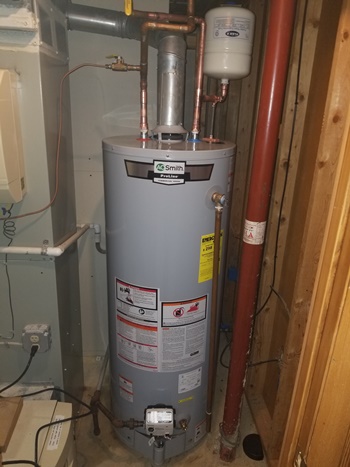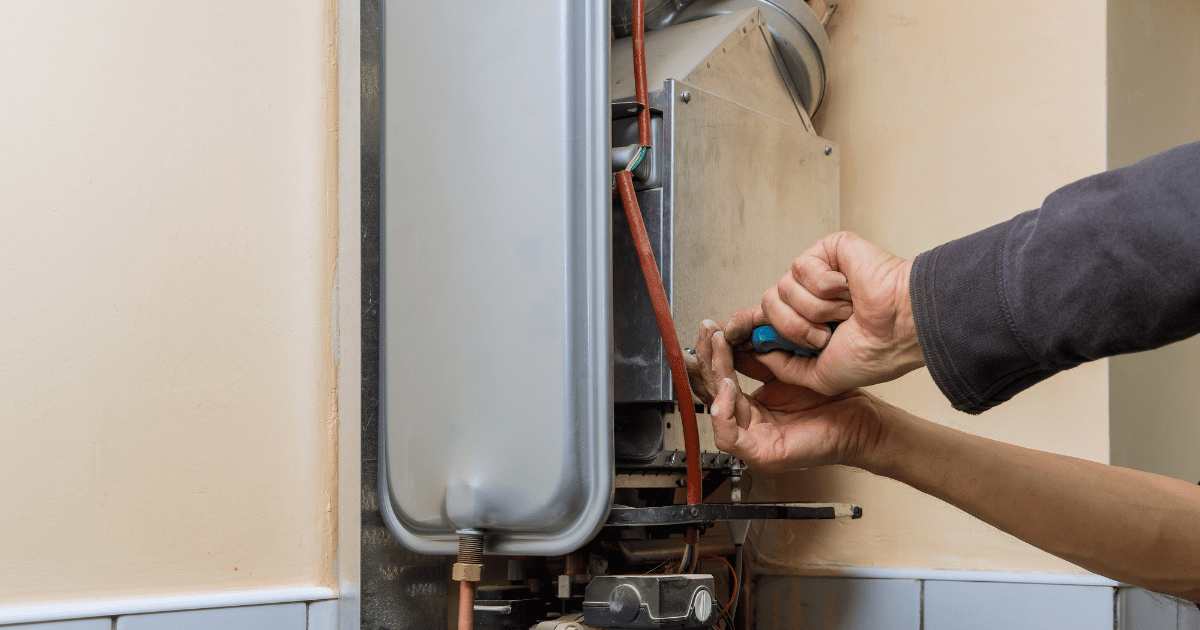We've encountered the article involving Tips on Maintaining a Water Heater down the page on the net and believe it made sense to relate it with you in this article.

Hot water is crucial for everyday convenience, whether it's for a refreshing shower or washing recipes. To ensure your warm water system runs successfully and lasts longer, regular upkeep is key. This article supplies useful tips and understandings on how to preserve your home's hot water system to prevent disruptions and costly repair work.
Intro
Maintaining your home's warm water system might appear difficult, yet with a few easy steps, you can ensure it operates smoothly for several years ahead. This guide covers whatever from recognizing your warm water system to DIY maintenance suggestions and understanding when to call professional help.
Importance of Maintaining Your Hot Water System
Routine upkeep not just extends the lifespan of your hot water system however likewise guarantees it runs successfully. Neglecting maintenance can result in reduced performance, greater power costs, and even premature failing of the system.
Indicators Your Warm Water System Demands Upkeep
Knowing when your hot water system needs attention can prevent major issues. Look out for indications such as inconsistent water temperature level, weird sounds from the heating system, or corroded water.
Comprehending Your Warm Water System
Before diving into maintenance tasks, it's useful to comprehend the basic components of your hot water system. Generally, this consists of the hot water heater itself, pipelines, anode poles, and temperature controls.
Monthly Upkeep Tasks
Normal month-to-month checks ca
n help catch minor concerns prior to they rise.
Purging the Water Heater
Flushing your water heater removes debris build-up, enhancing effectiveness and extending its life.
Monitoring and Changing Anode Rods
Anode rods prevent corrosion inside the storage tank. Examining and replacing them when broken is critical.
Checking and Changing Temperature Settings
Readjusting the temperature level setups makes certain optimum efficiency and security.
DIY Tips for Upkeep
You can execute a number of maintenance tasks yourself to maintain your warm water system in leading problem.
Looking for Leaks
Frequently examine pipes and connections for leakages, as these can bring about water damages and higher bills.
Testing Pressure Relief Valves
Testing the stress safety valve guarantees it works correctly and prevents too much stress accumulation.
Protecting Pipes
Shielding warm water pipes reduces heat loss and can save energy.
When to Call a Specialist
While DIY upkeep is helpful, some problems require specialist experience.
Complicated Issues Calling For Expert Help
Instances include significant leaks, electric problems, or if your water heater is continually underperforming.
Routine Professional Maintenance Perks
Professional upkeep can include thorough examinations, tune-ups, and ensuring conformity with safety criteria.
Final thought
Regular upkeep of your home's warm water system is important for performance, durability, and expense financial savings. By adhering to these ideas and understanding when to seek expert help, you can make sure a reliable supply of hot water without unforeseen disturbances.
Water Heater Maintenance: The Basics
Maintaining your water heater will ensure it operates efficiently and has a longer lifespan. Neglecting regular maintenance can lead to costly repairs and an even bigger chunk of your savings if you have to replace it sooner than necessary. But there’s good news: Most water heater maintenance tasks are relatively simple and easy for homeowners with basic DIY skills.
Flush the Water Heater
Over time, sediment and minerals can build up in the tank, reducing its efficiency and potentially causing damage. To flush the tank, turn off the power or gas supply, attach a hose to the drain valve near the bottom and open the valve to drain the water until it runs clear. Ideally, flush the tank annually.
Replace the Anode Rod
The anode rod is a sacrificial metal rod that helps prevent corrosion inside the tank. Inspect and replace it every three to five years or per the manufacturer's recommendation. To replace the anode rod, turn off the power or gas supply, drain a few gallons of water from the tank, unscrew the old rod and replace it with a new one. If the anode rod is significantly corroded or covered in calcium buildup, it's a sign the water heater may need to be replaced soon.
Tune-Up
A yearly tune-up can help identify potential issues and ensure your water heater operates at peak efficiency. This typically involves checking the thermostat, burner assembly (for gas heaters) and any other components specified by the manufacturer. During a tune-up, the technician may also clean the burner and adjust the pilot light (for gas heaters) or examine the heating elements (for electric heaters).
How to Maintain Your Water Heater
- Insulate the tank. Insulating the tank can improve energy efficiency and reduce heat loss, saving you money on energy bills. You can purchase precut insulation blankets designed specifically for water heaters or use standard fiberglass insulation wrapped securely around the tank.
- Check the temperature. The recommended water temperature for most households is around 120 degrees Fahrenheit (49 degrees Celsius). Higher temperatures can increase energy costs and potentially cause scalding. Use a kitchen thermometer to check the temperature at the faucet nearest the water heater.
- Monitor water pressure. Excessive water pressure can strain the water heater and cause leaks or even tank failure. Install a pressure-reducing valve if necessary. The ideal water pressure range is between 60 and 70 PSI (pounds per square inch).
- Test the temperature and pressure (T&P) relief valve. The T&P relief valve is a safety feature that releases pressure if the tank gets too hot or the pressure builds up too high. Test it annually by lifting the lever and allowing a small amount of water to release. Replace the valve if it doesn't release water or reseal properly.
- Check for leaks. Regularly inspect the tank, pipes and fittings for leaks or corrosion. Deal with issues promptly to prevent further damage. Even a small leak can lead to significant water damage over time.
- Consider a tankless water heater. If your traditional tank-style water heater is nearing the end of its lifespan ( typically 10 years), consider replacing it with a tankless water heater. These units heat water on demand, reducing standby energy losses and potentially saving you money on your energy bills.
- Schedule professional maintenance. While homeowners can perform many water heater maintenance tasks, it's still a good idea to schedule professional maintenance every few years. A plumber or HVAC technician can thoroughly inspect the unit, identify potential issues and ensure it operates safely and efficiently.
https://www.homeserve.com/en-us/blog/home-improvement/hot-water-heater-maintanence/

We had been made aware of that report on How to Maintain a Hot Water Heater in a Few Simple Steps from an associate on our other domain. Remember to take a moment to distribute this blog entry if you liked it. We take joy in reading our article about Tips For Maintaining Your Hot Water Heater.
Book Service
Comments on “How to Keep Your Home's Hot Water System Functioning WellWays to Maintain Your Home's Hot Water System in Good Condition”